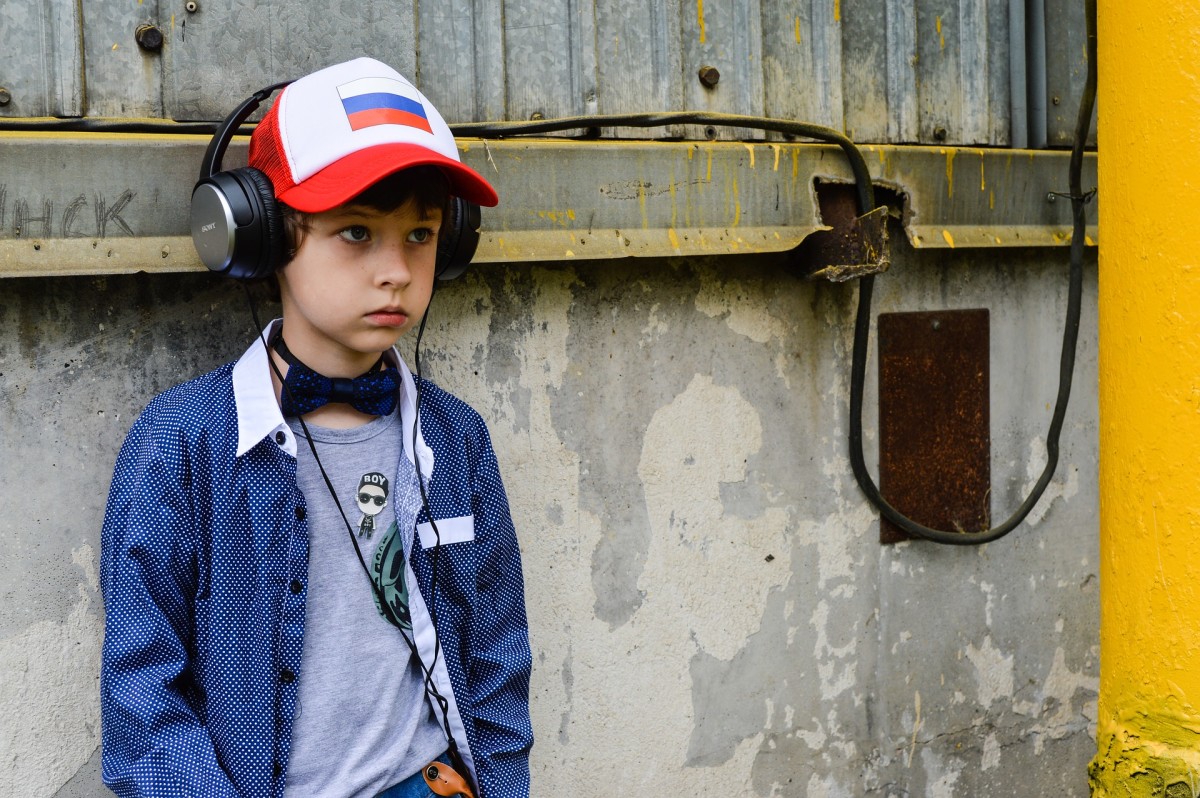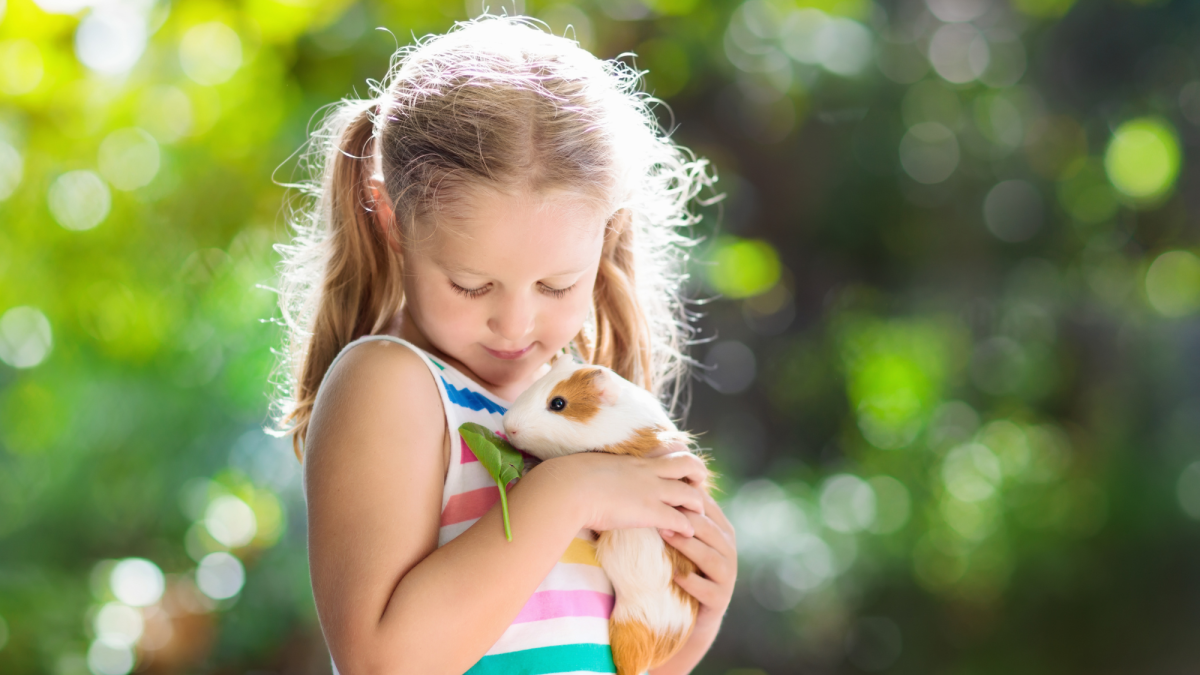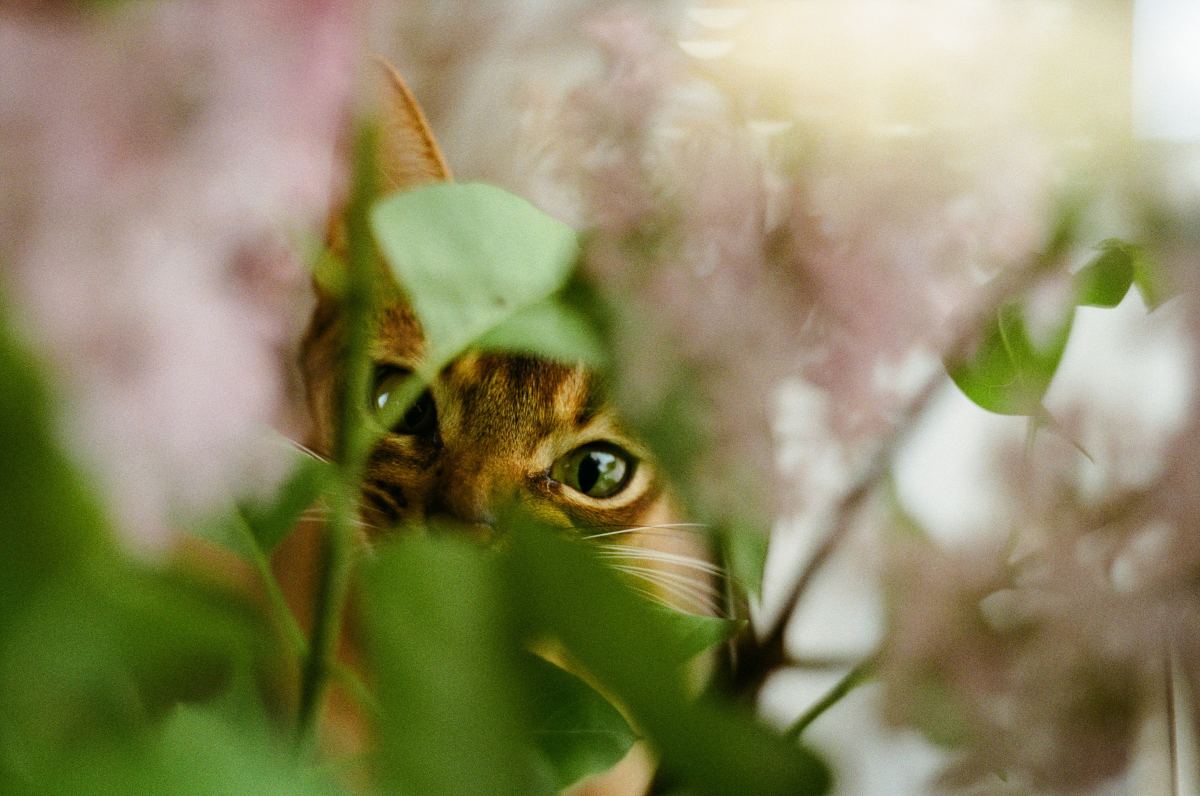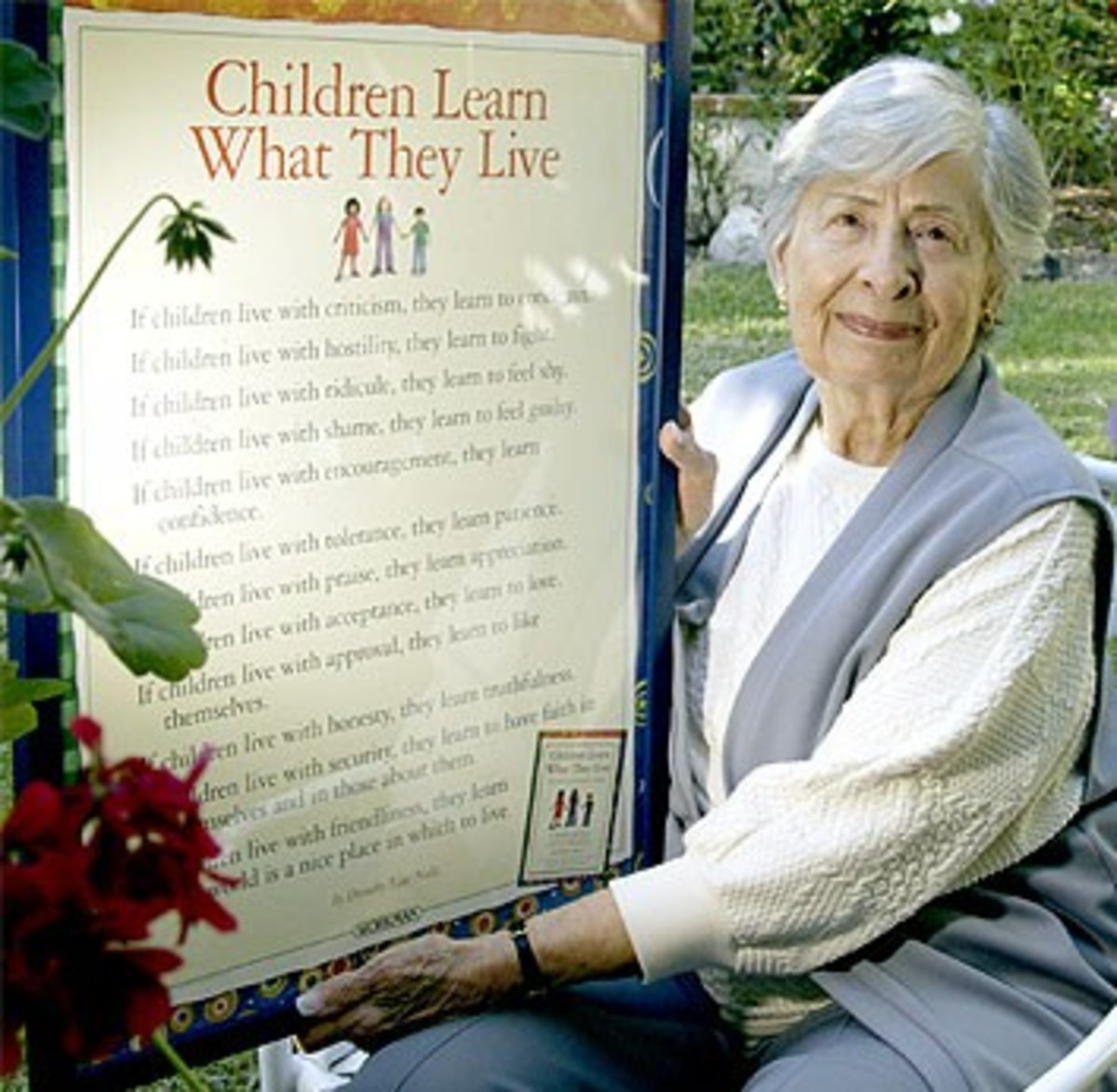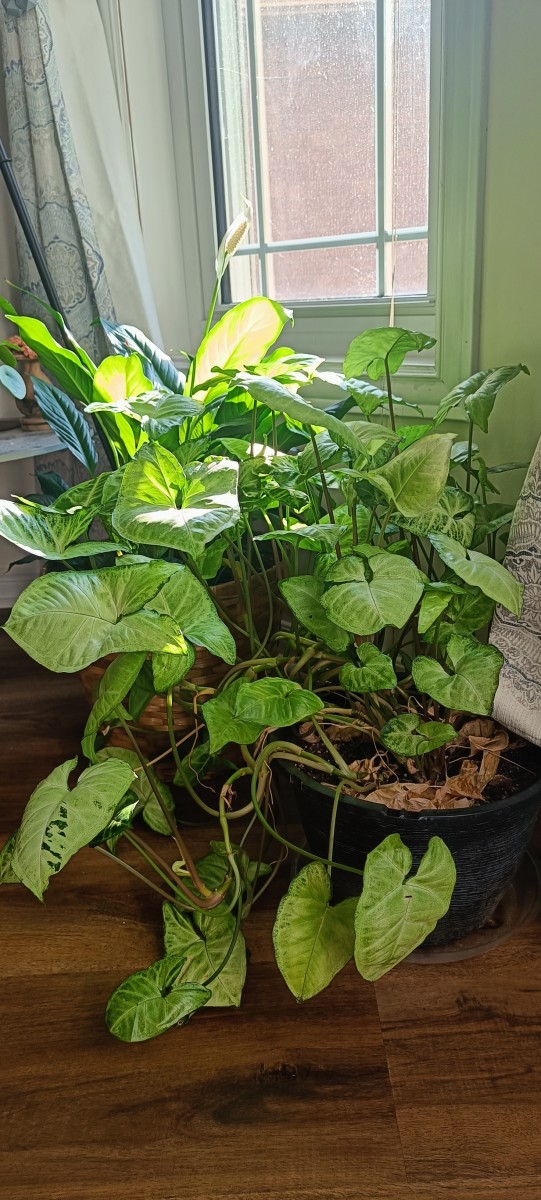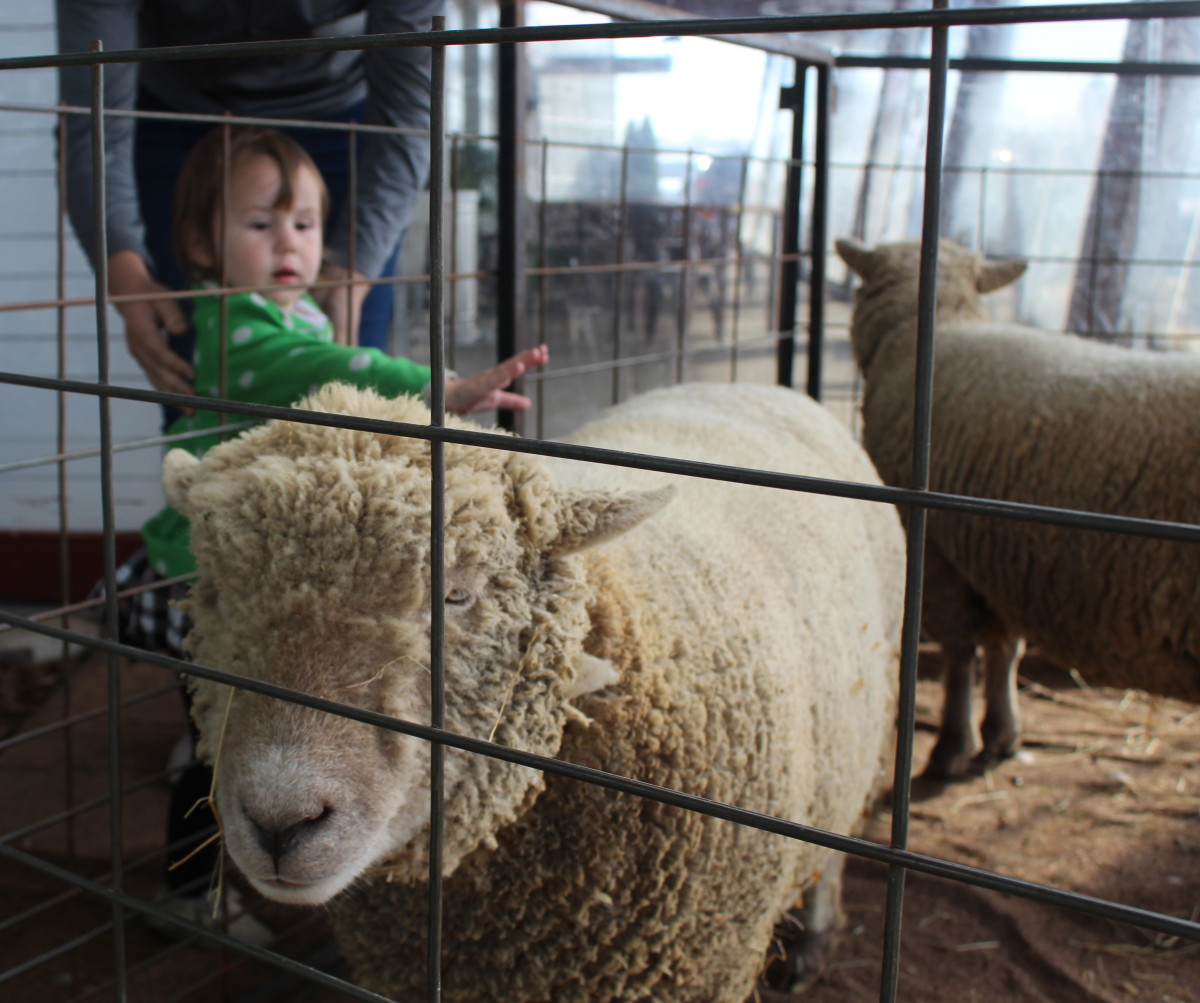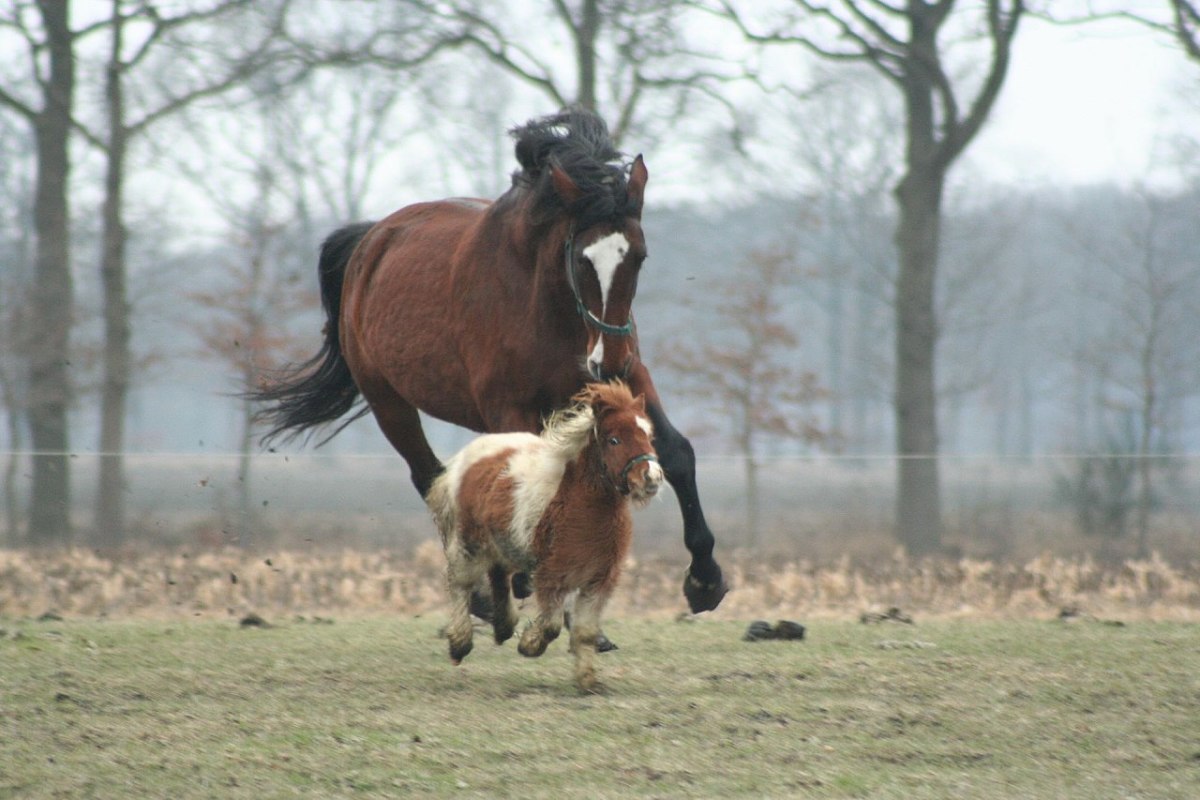Horticulture: One Way Children Learn Responsibility
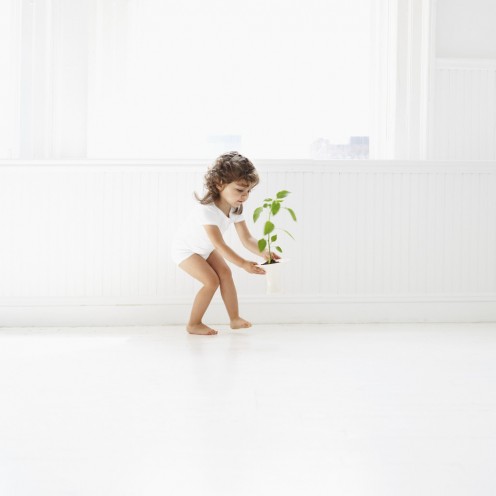
Oprah Winfrey often refers to children as “little people” and refutes those that categorize them as ‘of tomorrow’. The implication is that the value of kids should not be discounted or delayed until sometime in the future; instead, children should be accepted as complete individuals now.
I agree and believe that children will become respectable individuals and leaders when adults begin early to cultivate their self-governance. There really are no born leaders but only inborn personality traits that can be reared to greatness or left to spoil.
One of the easiest ways to teach kids responsibility—before a puppy, kitten, or goldfish—is to let them care for a plant. That's right—horticulture. Okay, easiest really means easier than and a precursor to a puppy or kitten. If it were all that easy a thing to do then there might not be enough challenge in it to shape responsibility.
That stated, plants can be challenging to grow—just ask the host of brown thumbers—but when they do grow they are exciting to watch and produce a feeling of accomplishment, not unlike how children make parents proud. Kids, even toddlers, can participate in the process of growing plants and provide parents an early look at several things about them: approach to task, decision-making, value judgments, dealing with setback and success, action and accountability, and more.
See a Stunning Dieffenbachia!
- Large Dieffenbachia
This Dieffenbachia is a little more than one year old and amazing.
Proving Our Kids' Responsibility
If there is one thing we know about children it is they always want to help. Now what could be better than allowing them to make nearly all of the decisions about their own plant?
So, if they’re old enough let them research the many flowers and plants and select the one they wish to raise. Just make sure it’s challenging enough, like a Dieffenbachia or Azalea (nothing easy or difficult); and it should not be toxic to humans or animals. (The Dieffenbachia, for example, is a toxic plant. Make your decision based on your child's age and responsibility.)
At the store let them pick the seeds or bulbs (if growing entirely) or the particular plant they want. Let them also choose the pot they would like. This is exciting to children. Make it personal for the child: have them name their plant. Do everything to communicate that they are parent and doctor of the plant.
Watching Them Work
Now the real work begins. Each plant has its own requirements—some need much watering and others need very little; some need direct light, others indirect, and still others low light; some can live outdoors and others cannot; temperature is important because too low a temperature, for some, can mean death. These are major factors.
Minor but still important factors are soil conditions, dead leaves and debris, pests and disease, plant food and fertilizer, and cleaning the plant. With time and only if your little one is a highly successful plant grower will he or she need to be concerned about repotting and pruning—but how rewarding would it be if your 12 or 13-year old were still caring for this plant?
There are a plethora of decisions that must be made to keep a plant not only alive but thriving. Alive can be a shriveled, ugly mess but thriving is the admiration and envy of friends and neighbors—and your child will have done it all. But the parent will be the one to benefit the most by accessing a window into the child’s personality and the chance to cut-and-nip at character long before adolescence.
There are many plants from which to choose. I’ve listed two good ones already, but that choice is better left to you and the child. Just think of the plant as a prelude to your young adult’s new car, apartment, and even child. Who would have thought horticulture could be so instrumental!

